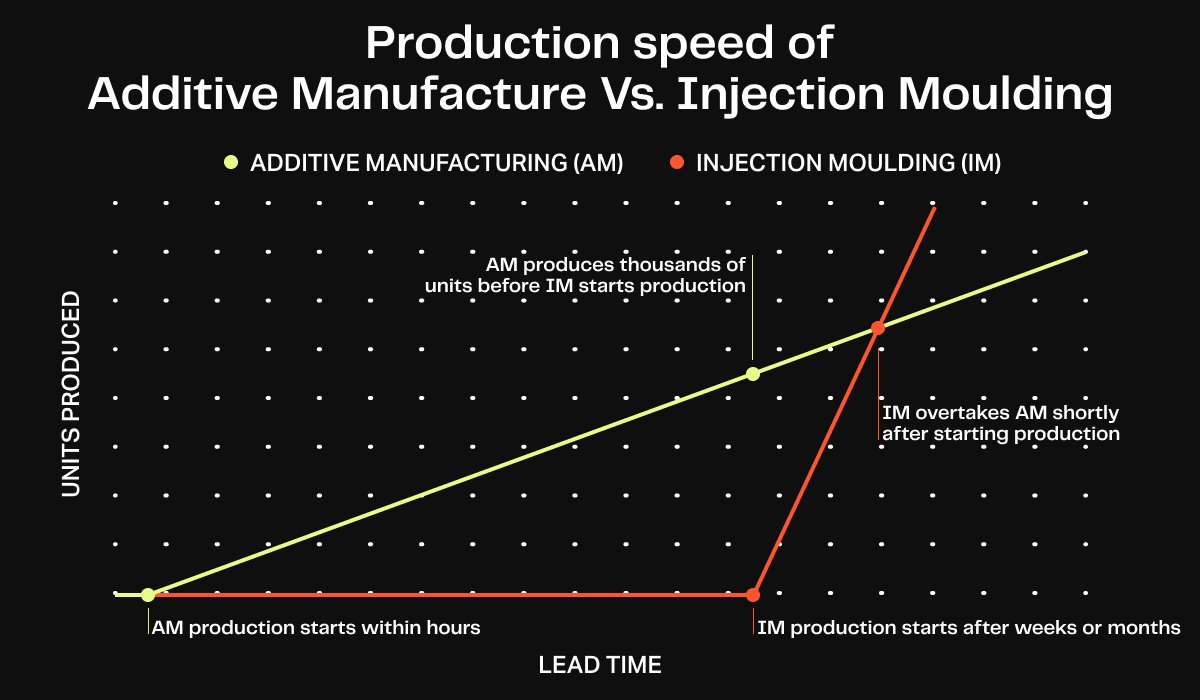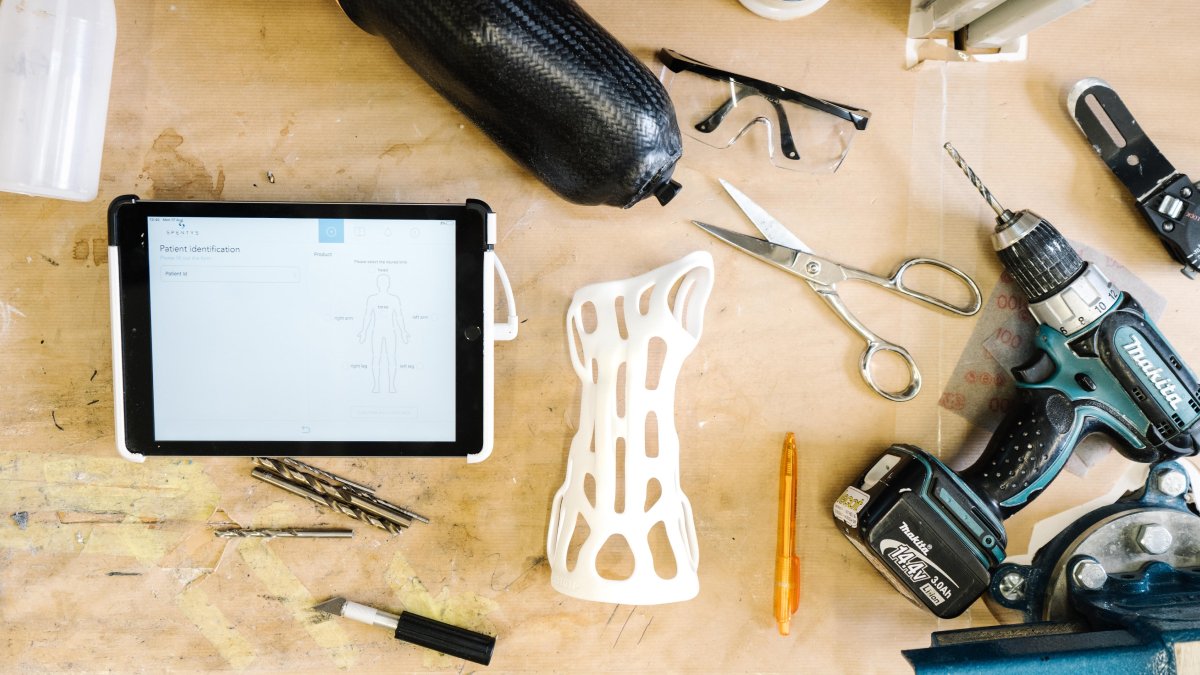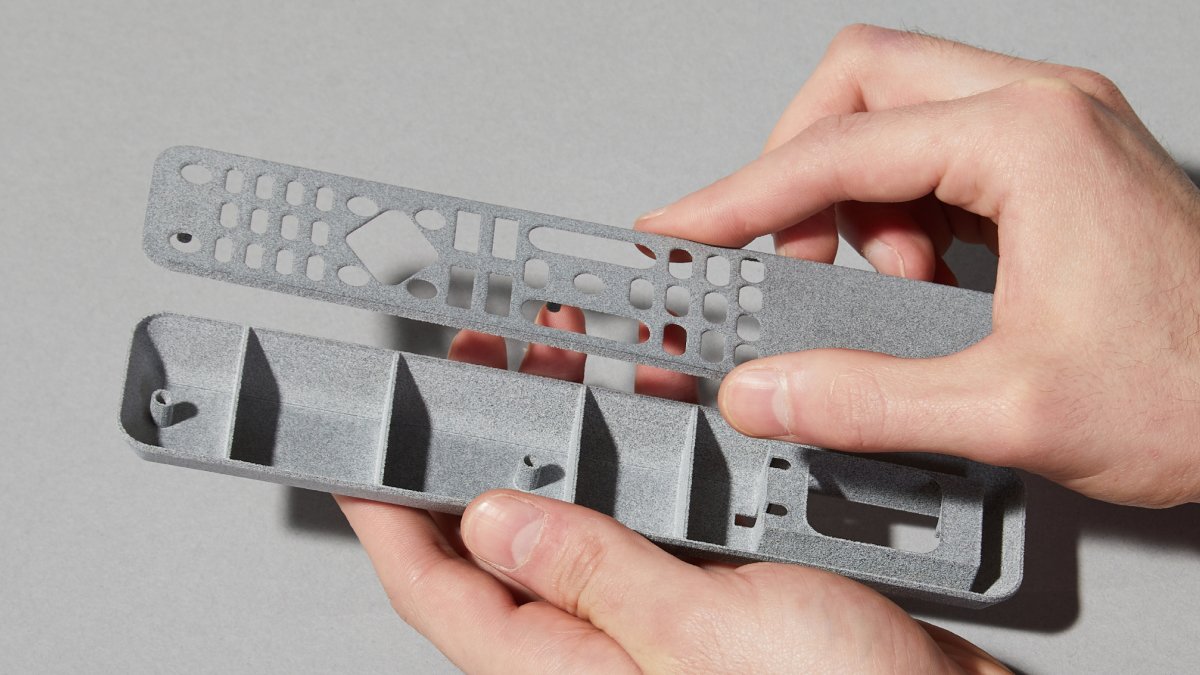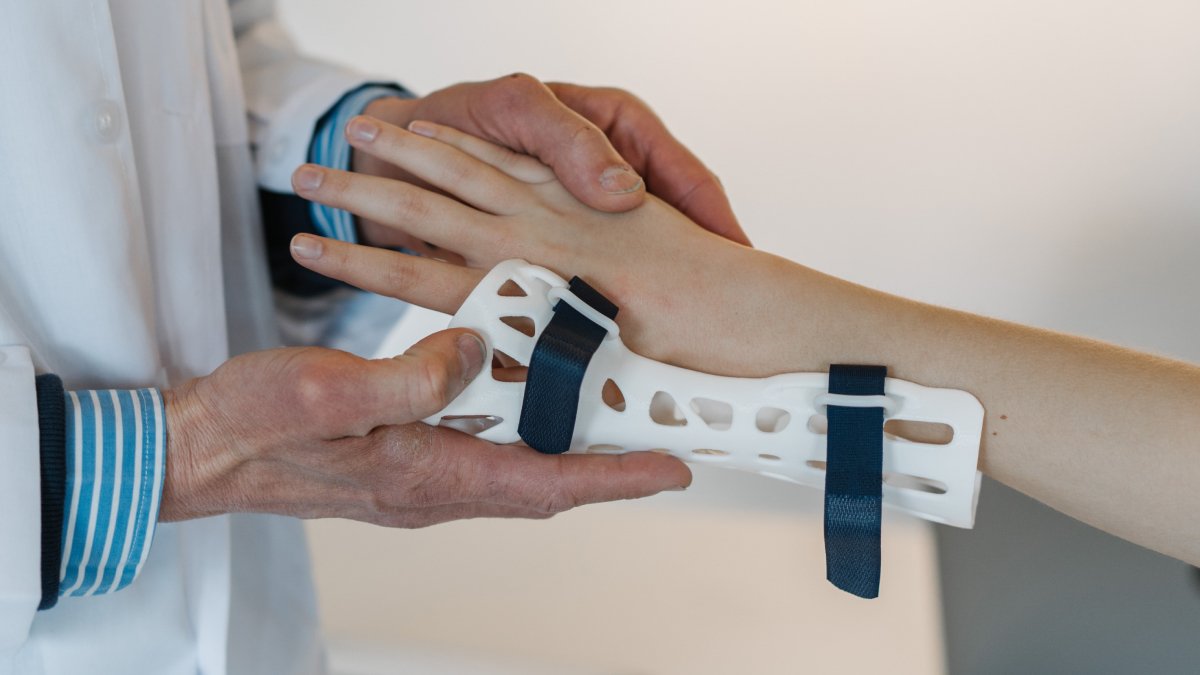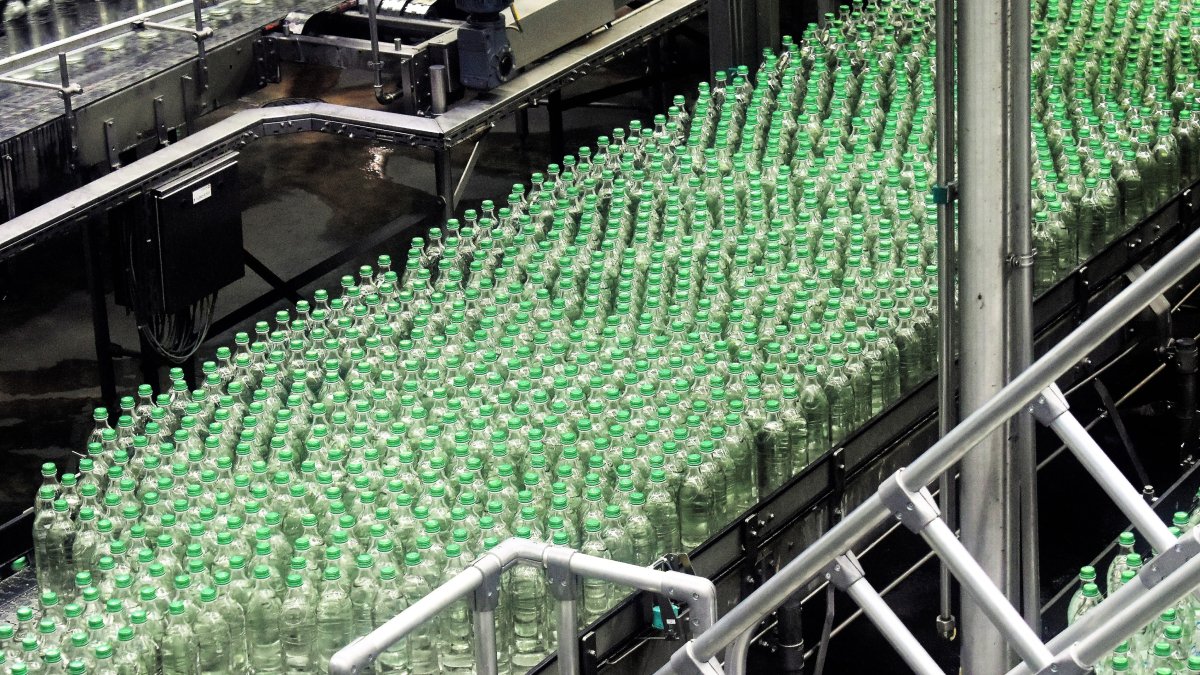Additive manufacturing, or 3D printing, has the potential to revolutionise the manufacturing industry, offering faster production and customisation capabilities. However, lead time, the time it takes to produce a product from start to finish, is a critical factor that must be considered when evaluating the use of 3D printing. In this blog post, we will examine the ways in which 3D printing can reduce lead times in certain situations and the limitations that must be taken into account by engineers seeking to utilise this technology.
How 3D Printing Affects Lead Times
3D printing can greatly impact lead times, both positively and negatively. On the positive side, it can help save time by allowing manufacturers to produce parts on-demand without the need for tooling or extensive setup times. Additionally, when paired with advanced design software, 3D printing can be used to quickly create prototypes and test new designs before moving into production.
However, there are also some potential drawbacks to consider. One is that 3D printers tend to have lower production speeds compared to traditional manufacturing methods, such as injection moulding, roto moulding, extrusion, thermoforming, and CNC machining. As a result, high-volume orders may still need to be produced using traditional methods in order to meet demand.
How can 3D printing have a shorter lead time if the production speed is slower?
We must consider the manufacturing process from start to finish to answer this question. Once a product has been designed, the next steps are to prepare the design for manufacture (DFM), set up the machinery and run the production cycles. Once parts are made, they move onto post processes, surface finishing, quality checks, assembly and packaging before a final product is deemed completed. The running of the machines is but one stage in a multi-step manufacturing process.
3D printing has a slow production speed and may take hours to produce a small batch of components, whereas, once up and running, injection moulding can produce a part every few seconds. However, the setup for injection moulding can take days, weeks or even months before the machines are ready to start their first production cycle. The setup processes include designing and manufacturing a mould, approving it for production, setting up the machinery and then producing the first sample. Meanwhile, our relatively slow additive manufacturing machinery requires minimal preparation and is ready to go in minutes or, at most, a few hours. Meaning thousands of parts can be produced with additive manufacturing before injection moulding delivers its first production part.
The above graph illustrates how additive manufacturing can initially produce parts faster than injection moulding despite the slower production speed.
Six scenarios where Additive Manufacturing reduces lead times:
1. Product Development: In product development, lead time refers to the period from the start of a project to the finished product launch. Various factors can impact lead time, including the manufacturing processes used for prototyping and production. Prototyping often involves creating multiple versions of a design to test various aspects such as form, features, functionality, and appearance. The results of these tests are used to make improvements and refine the design.
Prototyping a wrist orthotic using additive manufacturing
3D printing has become a popular choice for prototyping due to its ability to produce iterations of a design quickly. In fact, the term "rapid prototyping" has become synonymous with 3D printing. (Though this is becoming less common as 3D printing is increasingly adopted for manufacturing production parts) In industry, 3D printing is now a standard practice for producing prototypes for mass production methods such as injection moulding or thermoforming. By reducing production time, businesses can save money and bring their products to market faster.
Early prototype for a television remote manufactured in PA12 Nylon (MJF) material.
2. Bridge Manufacturing: Bridge manufacturing is a production method that can be used when a traditional manufacturing method is the most cost-effective option, but the setup time is lengthy, and parts are needed urgently. In these situations, additive manufacturing can be used to bridge the gap between design and traditional production, allowing for the production of parts while traditional equipment is being prepared. This helps to reduce lead times and minimise downtime.
3. Low Volume Production: Traditional manufacturing methods, such as injection moulding, may have faster production speeds once they are up and running, but they often require longer setup times and may have a minimum order quantity requirement (MOQ). On the other hand, additive manufacturing has almost no setup time and can start producing parts immediately, making it a faster option for producing small quantities of parts. Additionally, additive manufacturing does not have a MOQ requirement, making it a more flexible choice for low volume production. When selecting a manufacturing method, engineers should weigh the benefits of fast setup time and flexibility against the potential for higher production speeds. In some cases, the fast setup time and lack of a MOQ requirement of additive manufacturing may make it the more beneficial choice for low volume production.
4. Mass Customisation & Serialisation: Mass customisation refers to the production of customised products in large quantities. One of the main benefits of using additive manufacturing for mass customisation is the rapid lead time it offers. Traditional manufacturing methods can be slow and costly for producing customised products due to the need for new tooling for each unique design. In contrast, additive manufacturing allows for the production of customised products without tooling, making it a faster option for producing large quantities of customised products.
Additionally, 3D printing offers benefits such as the lack of set up costs and greater design freedom compared to traditional manufacturing methods. It allows for the production of complex shapes and intricate details that may not be possible with traditional methods. These features make 3D printing a viable option for mass customisation.
Bespoke wrist orthotic produced using additive manufacturing
5. Made to order products: The lack of set-up time in additive manufacturing makes it possible to produce certain products after the point of sale, which can be especially effective for products with low order volumes as it eliminates the need to hold stock. With traditional manufacturing methods, it may be necessary to produce and hold inventory in anticipation of future orders, which can be inefficient and costly for products with low demand. Additive manufacturing allows for the production of made-to-order products without the need for upfront inventory, which can reduce lead times and costs.
6. On location: Additive manufacturing equipment is highly versatile, allowing for the use of distributed manufacturing models where products are produced locally or even on-site. One of the main benefits of this approach is the ability to reduce lead times, particularly in locations where it is difficult to distribute stock. For example, 3D printing has been used to produce essential tools in areas recovering from natural disasters or conflict, as well as on the International Space Station. The short lead time of 3D printing enables the production of parts in these remote or challenging locations, making it an effective solution for addressing the instant needs of these communities.
3D printing has been used to mend pipes after the Nepal earthquake in 2015. Source: The Guardian
While additive manufacturing has many advantages and can significantly reduce lead times in certain situations, it is important to note that there are still instances where traditional manufacturing methods will be more efficient. In many cases, traditional methods may offer faster production speeds and can be more cost-effective, making them a better choice.
Some examples where traditional manufacturing methods may offer faster lead times and be more cost-effective than additive manufacturing include:
1.High volume production: Traditional manufacturing methods such as injection moulding and blow bolding tend to have faster production speeds than 3D printing, making them a better choice for producing large quantities of parts.
When it comes to the mass production of simple, identical products such as plastic water bottles, traditional manufacturing methods will be faster and more economical
2. Simple, flat geometry: Traditional methods such as stamping and sheet metal fabrication can be more efficient for producing parts with a simple, flat geometry, as they can achieve high production rates with minimal setup time.
3. Low-cost materials: Traditional manufacturing methods may be more cost-effective for producing parts using low-cost materials such as steel, aluminium, concrete, cardboard and wood, as the equipment and processes used are often optimised for these materials.
4. Maturity of the technology: In some cases, traditional manufacturing methods may be more mature and have a longer track record of success, making them a more reliable choice for certain applications.
In summary, additive manufacturing has the potential to greatly reduce lead times in certain situations, but it is important to consider its limitations and how they may affect the overall production process. In some cases, traditional manufacturing methods may offer faster production speeds and be more cost-effective. It is crucial for engineers to carefully evaluate their needs and choose the manufacturing method that best fits their requirements and goals, taking into account lead time and other important factors.
Don't hesitate to discuss your project with a specialised team like ours to ensure you make the best decision for your specific needs.


